Equipment
‘The Claw’ and ‘Flatso’ putter grips from SuperStroke

The ban on anchored-putting styles isn’t scheduled to go into effect until 2016, but many tour players are already preparing for the day when they can no longer lean on their long and belly putters.
It’s not even February, but we’ve already seen photos of two very successful long-putter users, Carl Pettersson and Adam Scott, practicing with non-anchored putters. If you look closely at the photos below, you’ll see that neither Pettersson nor Scott are gripping the putter in a traditional way — they’re both using a version of the “claw” grip, which places their right hand on the putter in a position that’s similar to the way they gripped a long putter.
Dean Dingman, president of SuperStroke golf, said that as the death date for anchored putters grows nearer, golfers who were successful with anchored long and belly putters will start to gravitate toward new, non-anchored putting styles. That’s why his company has released five new putter grips that will give golfers who struggle with conventional putting styles more options on the green.
SuperStroke’s new “The Claw” putter grip looks much like conventional putter grips, but it’s length has been stretched 2.5 inches, which better accommodates the claw style of putting.
The grip was inspired by Phil Mickelson’s experiment with the claw putting style last fall. Mickelson wanted more grip length to accommodate the position of his lower hand, which rests farther down the grip when using the claw style of putting. To do so, Mickelson cut down one of SuperStroke’s 21-inch belly putter grips to 13 inches, which gave him the length he needed as well as a reduced weight (The Claw weighs 93 grams) that gave his putter a better balance.
SuperStroke’s Flatso grips are designed in a non-tapered pentagonal shape that creates a wide flat section on the front of the grip, as well as a pistol-style ridge that give the grips a different feel than the company’s round-shaped putter grips. The Flato is available in four different styles — Flatso, Flatso Mid, Flatso DB and Flatso 17 — all with different constructions that target different golfers.
The standard Flatso has a front-section diameter of 1.7 inches, which some golfers will use to place their thumbs more parallel to each other on the wider flat section of the grip, which will level their shoulders at address. With the Flatso, golfers can also position their hands further away from each other, which will help some create a more shoulder-driven stroke.
“We noticed that some tour players were trying to get their hands closer together and level out their shoulders at address,” said Jon Luna, director of marketing for SuperStroke. “Others players asked us for more of a pistol-style feel on the back of the grip. We feel that the larger flat section gives golfers more versatility and more options on how they can putt.”
The Flatso weighs 100 grams, and like all of SuperStroke’s standard-length grips, measures 10.5 inches. The Flatso Mid is a smaller, lighter version of the Flatso, with a diameter of 1.4 inches and a weight of 60 grams. Because of it’s smaller front section, the Flatso Mid will help golfers square up the face slightly faster at impact than the larger Flatso grip.
The Flatso DB (or Double Barrel) has the same outer construction as the standard Flatso grip, but it has two holes on the interior of the grip that will allow golfers to either add or subtract offset from their putter. If a right-handed golfer installs the grip on their shaft through the left hole, they will subtract 0.25 inches of offset from the putter, which should delay the closing of the putter face through impact — good for players that tend to miss their putts to the left. If the grip is installed through the right hole, the grip will add 0.25 inches of offset to the putter, which should speed up the closing of the face and help players who tend to miss their putts to the right.
SuperStroke’s Flatso 17 is a 17-inch-long version of the company’s Flatso Mid grip, and was designed to add stability for golfers who anchor mid-length putters to their leading forearm. In this style of putting, which has been popularized by Matt Kuchar, the Flatso 17 is turned counter clockwise (for a right-handed golfer) so the 1.4-inch diameter of the grip rests flatly against a golfer’s upper wrist and forearm.
Click here for more photos of the grips and to see what people are saying in the putter forum.
- LIKE17
- LEGIT3
- WOW1
- LOL2
- IDHT1
- FLOP2
- OB2
- SHANK2
Whats in the Bag
WITB Time Machine: Danny Willett’s winning WITB, 2016 Masters
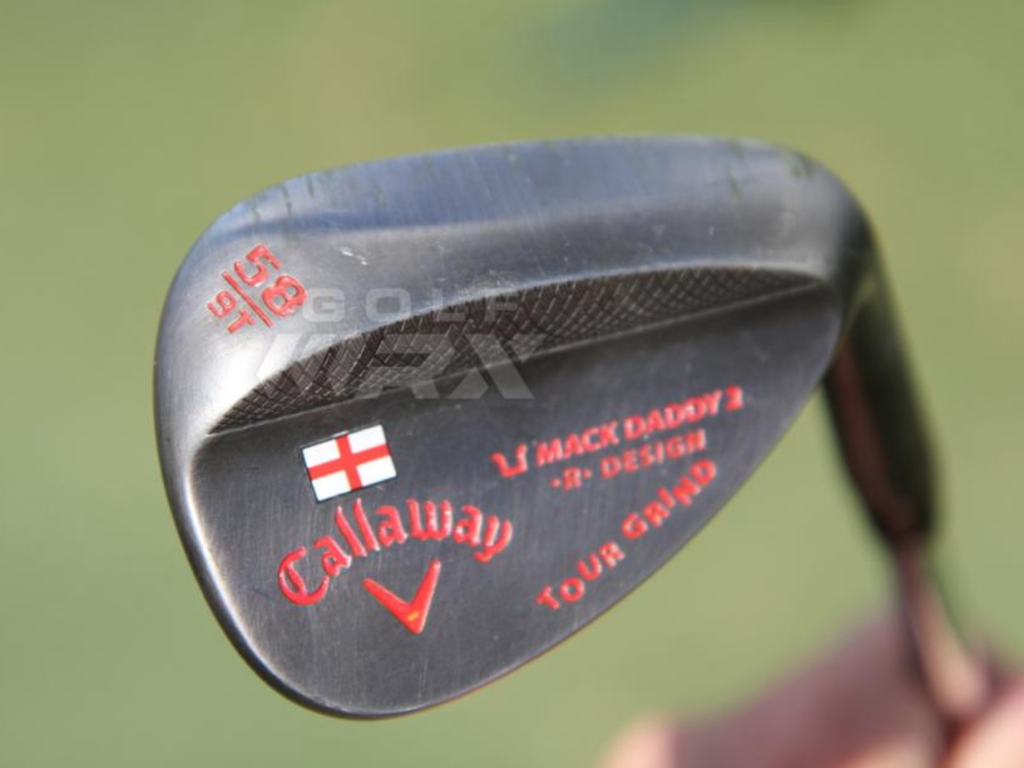
Driver: Callaway XR 16 (9 degrees)
Shaft: Mitsubishi Rayon Diamana W-Series 60 X
Length: 45.5 inches
3-wood: Callaway XR 16 (15 degrees)
Shaft: Mitsubishi Rayon Diamana W-Series 70X
5-wood: Callaway XR 16 (19 degrees)
Shaft: Mitsubishi Rayon Diamana W-Series 80X
Irons: Callaway Apex UT (2, 4), Callaway Apex Pro (5-9)
Shaft: True Temper Dynamic Gold X100 Superlite
Wedges: Callaway Mack Daddy 2 (47-11 S-Grind) Callaway Mack Daddy 2 Tour Grind (54-11, 58-9)
Shaft: True Temper Dynamic Gold X100 Superlite
Putter: Odyssey Versa #1 Wide (WBW)
Lie angle: 71 degrees
Ball: Callaway Speed Regime SR-3
Check out more photos of Willett’s equipment from 2016 here.
- LIKE0
- LEGIT0
- WOW0
- LOL0
- IDHT0
- FLOP0
- OB0
- SHANK0
Equipment
Project X Denali Blue, Black shaft Review – Club Junkie Review
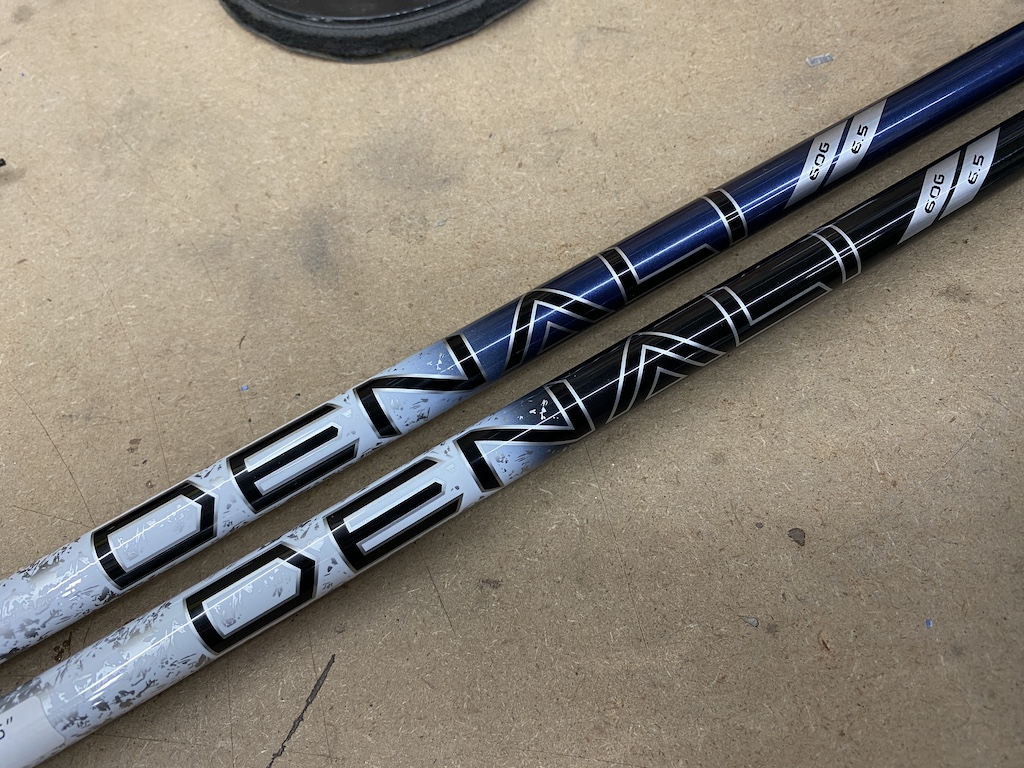
Originally, Project X was known for low-spin steel iron shafts. However, the company might now be known for wood shafts. Denali is the newest line of graphite shafts from Project X. With the Denali line, the company focuses on feel as well as performance.
There are two profiles in the Denali line, Blue and Black, to fit different launch windows. Denali Blue is the mid-launch and mid-spin profile for players who are looking for a little added launch and Denali Black is designed for low-launch and low-spin. Both models are going to offer you a smooth feel and accuracy.
For a full in-depth review check out the Club Junkie podcast on all podcast streaming platforms and on YouTube.
Project X Denali Blue
I typically fit better into mid-launch shafts, as I don’t hit a very high ball so the Denali Blue was the model I was more excited to try. Out of the box, the shaft looks great and from a distance, it is almost hard to tell the dark blue from the Denali Black. With a logo down install of the shaft, you don’t have anything to distract your eyes, just a clean look with the transition from the white and silver handle section to the dark navy mid and tip.
Out on the course, the Blue offers a very smooth feel that gives you a good kick at impact. The shaft loads easily and you can feel the slightly softer handle section compared to the HZRDUS lineup. This gives the shaft a really good feel of it loading on the transition to the downswing, and as your hands get to impact, the Denali Blue keeps going for a nice, strong kick.
Denali Blue is easy to square up at impact and even turn over to hit it straight or just little draws and most of the flex of the shaft feels like it happens right around where the paint changes from silver to blue. The Blue launches easily and produces what I consider a true mid-flight with the driver. While it is listed as mid-spin, I never noticed any type of rise in my drives. Drives that I didn’t hit perfectly were met with good stability and a ball that stayed online well.
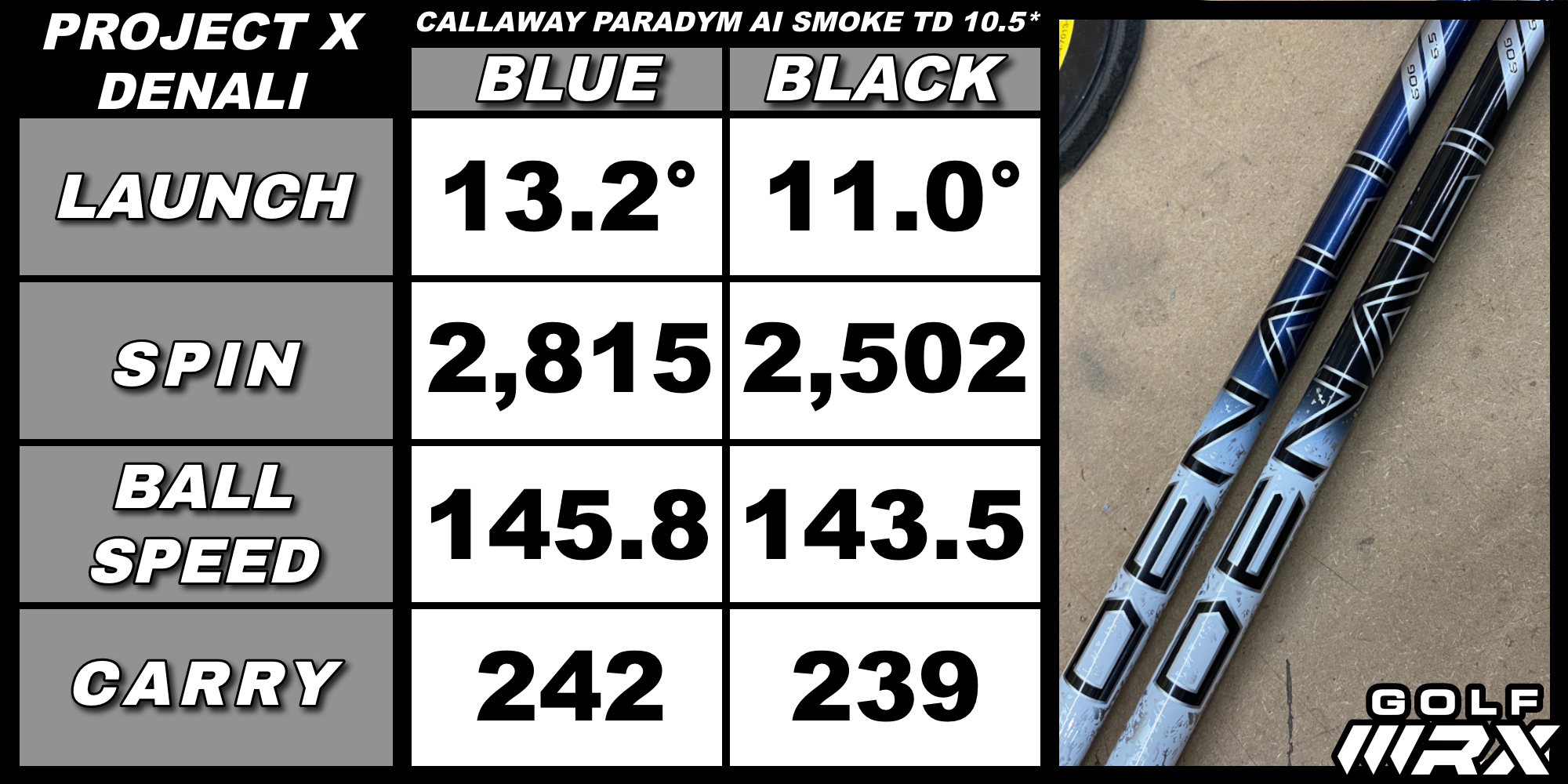
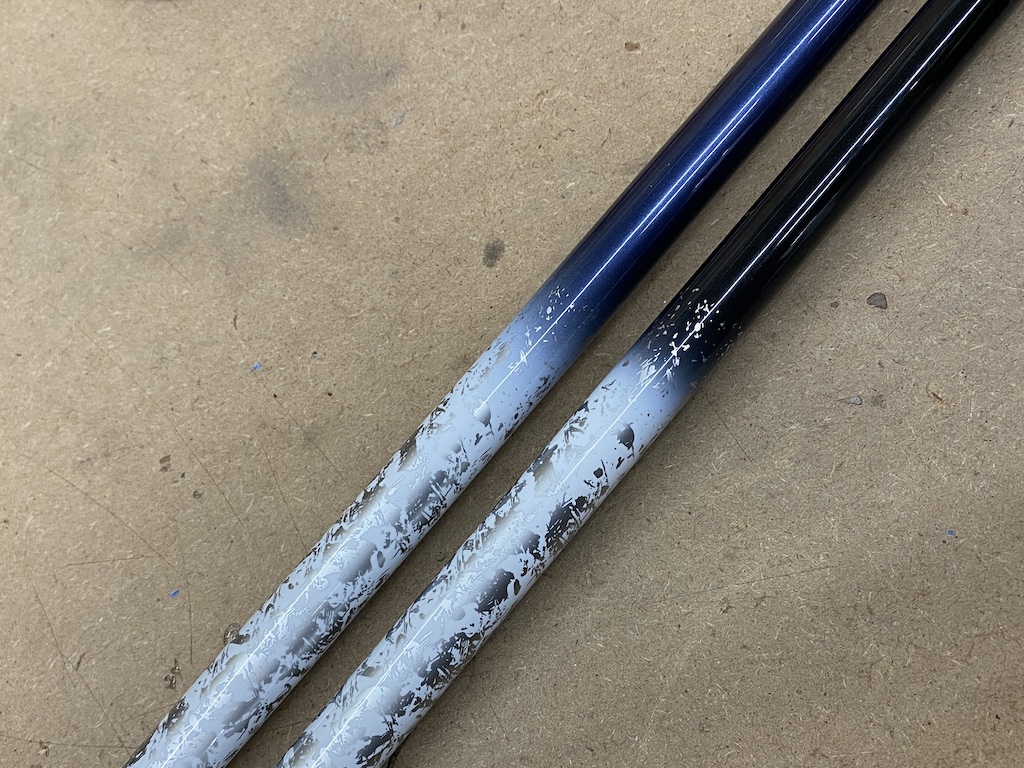
Project X Denali Black
When you hold the Denali Black in your hands you can tell it is a more stout shaft compared to its Blue sibling by just trying to bend it. While the handle feels close to the Blue in terms of stiffness, you can tell the tip is much stiffer when you swing it.
Denali Black definitely takes a little more power to load it but the shaft is still smooth and doesn’t give you any harsh vibrations. Where the Blue kicks hard at impact, the Black holds on a little and feels like keeps you in control even on swings that you try and put a little extra effort into. The stiff tip section also makes it a little harder to square up at impact and for some players could take away a little of the draw from their shot.
Launch is lower and more penetrating compared to the Blue and produces a boring, flat trajectory. Shots into the wind don’t rise or spin up, proving that the spin stays down. Like its mid-launch sibling, the Black is very stable and mishits and keeps the ball on a straighter line. Shots low off the face don’t get very high up in the air, but the low spin properties get the ball out there farther than you would expect. For being such a stout shaft, the feel is very good, and the Denali Black does keep harsh vibrations from your hands.
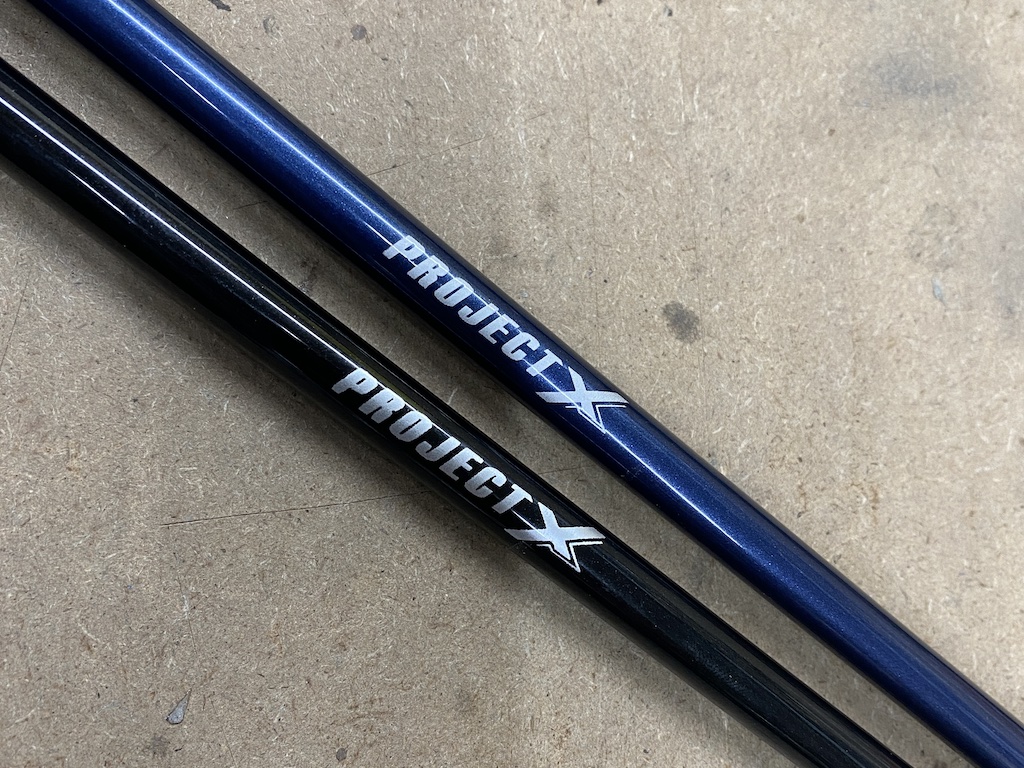
Overall the Project X Denali Blue and Black are great additions to the line of popular wood shafts. If you are looking for good feel and solid performance the Denali line is worth trying out with your swing. Choose Blue for mid-launch and mid-spin or Black for lower launch and low spin.
- LIKE1
- LEGIT1
- WOW1
- LOL0
- IDHT0
- FLOP0
- OB0
- SHANK0
Equipment
What we know about Bryson DeChambeau’s 3D-printed Avoda irons
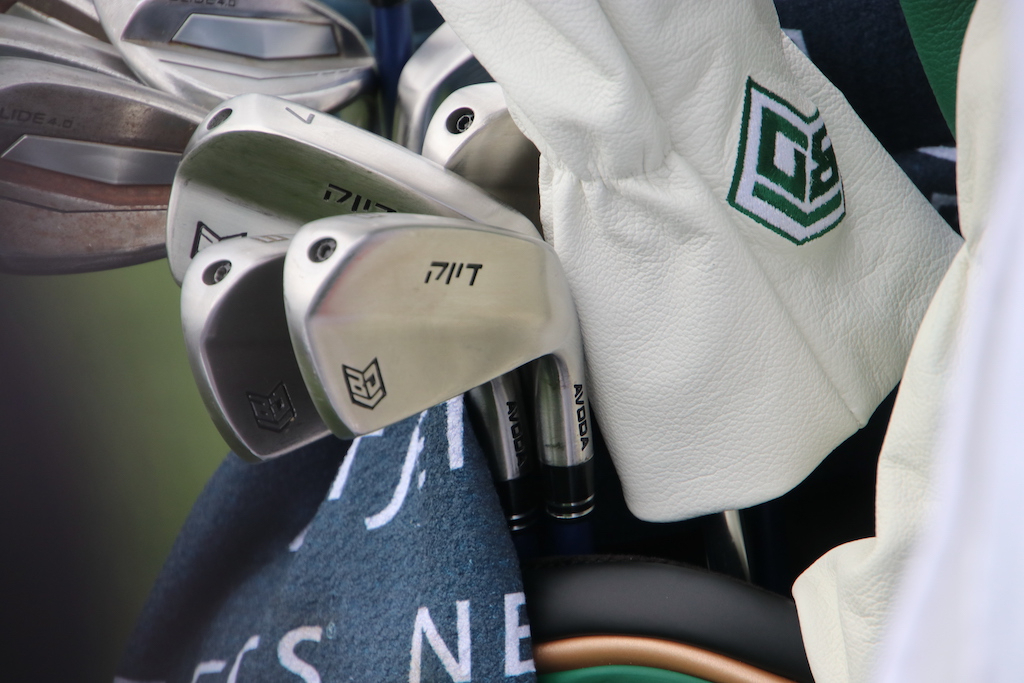
Bryson DeChambeau fired an opening-round 7-under 65 at Augusta National, hitting an impressive 15 of 18 greens in regulation in the process. Golf’s mad scientist’s play grabbed headlines and so too did his equipment. In place of the Ping i230 irons he had in the bag last week for LIV Golf’s Miami event, DeChambeau is gaming a prototype 5-PW set of irons from little-known direct-to-consumer manufacturer Avoda.
What is Avoda Golf?
Founded by Tom Bailey, also a Mike Schy student like Bryson DeChambeau, Avoda Golf is a direct-to-consumer golf equipment company that currently manufactures both single and variable-length irons in one model that are available for pre-order.
What irons is Bryson DeChambeau playing?
Per multiple reports, DeChambeau is playing a custom-designed set of single-length irons that incorporate bulge and roll into the face design. The two-piece 3D-printed irons were reportedly only approved for play by the USGA this week, according to Golfweek’s Adam Schupak.
Regarding the irons, DeChambeau told Golf Channel the irons’ performance on mishits was the determining factor in putting them in play this week. “When I mishit on the toe or the heel,” DeChambeau said. “It seems to fly a lot straighter for me and that’s what has allowed me to be more comfortable over the ball.”
What can we tell about the design of the clubs?
These days, it is a little hard to speculate on what is under the hood with so many hollow body irons. DeChambeau’s irons look to be hollow on the lower section as they do flare back a decent amount. That “muscle” on the back also looks to be fairly low on the iron head, but we can assume that is progressive through the set, moving up higher in the short irons.
A screw out on the toe is probably used to seal up the hollow cavity and used as a weight to dial in the swing weight of the club. From pictures, it is hard to tell but the sole looks to have a little curve from heel to toe while also having some sharper angles on them. A more boxy and sharper toe section looks to be the design that suits Bryson’s eye based on the irons he has gravitated toward recently.
What are bulge and roll, again?
Two types of curvature in a club face, traditionally incorporated only in wood design. Bulge is heel-toe curvature. Roll is crown-sole curvature. Both design elements are designed to mitigate gear effect on off-center strikes and produce shots that finish closer to the intended target line. (GolfTec has an excellent overview of bulge and roll with some handy GIFs for the visual learner)
What else is in DeChambeau’s bag?
Accompanying his traditional Sik putter, Bryson builds his set with a Ping Glide 4.0 wedges, a Krank Formula Fire driver and 5-wood, and a TaylorMade BRNR Mini Driver, all with LA Golf graphite shafts.
- LIKE42
- LEGIT13
- WOW10
- LOL4
- IDHT2
- FLOP1
- OB1
- SHANK6
-

 19th Hole2 days ago
19th Hole2 days agoDave Portnoy places monstrous outright bet for the 2024 Masters
-

 19th Hole3 weeks ago
19th Hole3 weeks agoJohn Daly stuns fans into silence with brutal opening tee shot on PGA Tour Champions
-

 19th Hole2 weeks ago
19th Hole2 weeks agoThings got heated at the Houston Open between Tony Finau and Alejandro Tosti. Here’s why
-

 19th Hole3 days ago
19th Hole3 days agoTiger Woods arrives at 2024 Masters equipped with a putter that may surprise you
-

 19th Hole1 week ago
19th Hole1 week agoReport: Tiger Woods has ‘eliminated sex’ in preparation for the 2024 Masters
-

 19th Hole3 weeks ago
19th Hole3 weeks agoCharlie Woods finds it tough going on American Junior Golf Association debut
-

 19th Hole1 week ago
19th Hole1 week agoAddiction, spinal fusion, and scam artists – Everything Anthony Kim revealed in candid interview with David Feherty
-

 19th Hole1 week ago
19th Hole1 week agoAnthony Kim says doctors told him that he ‘may not have much time left’ ahead of LIV return

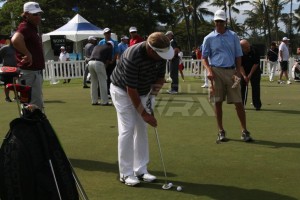
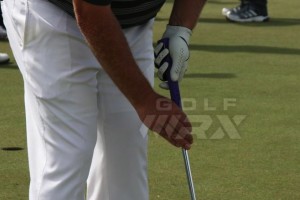
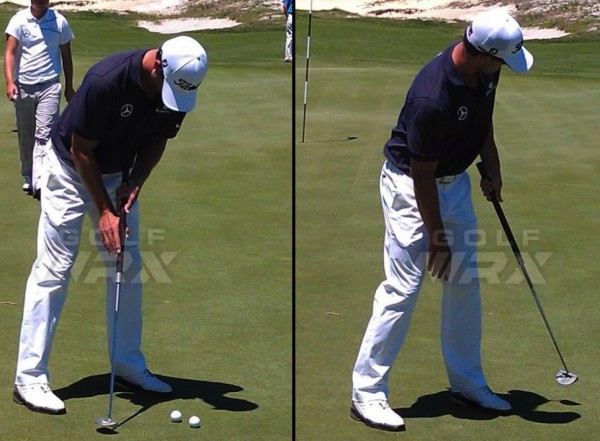
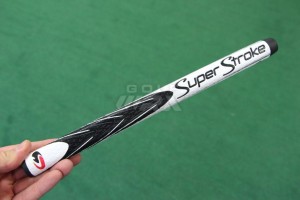
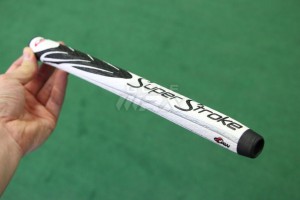
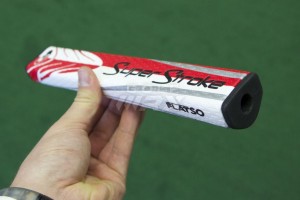
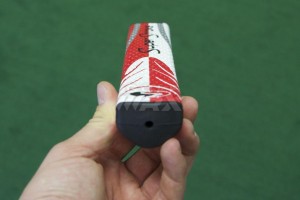
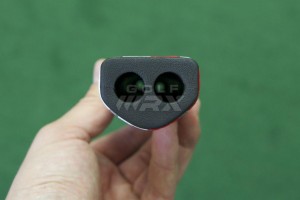
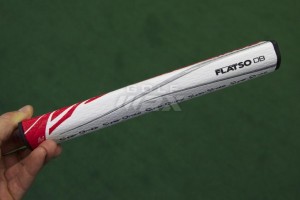
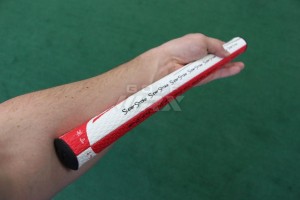
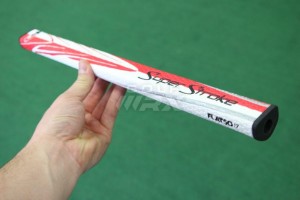


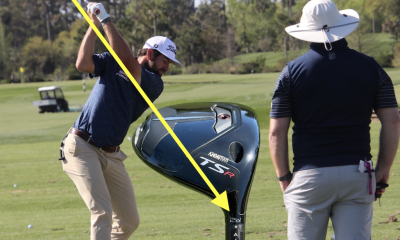

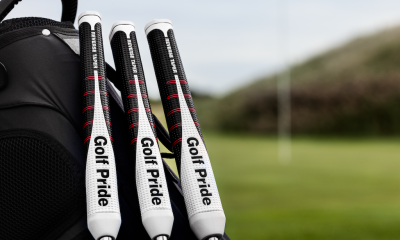

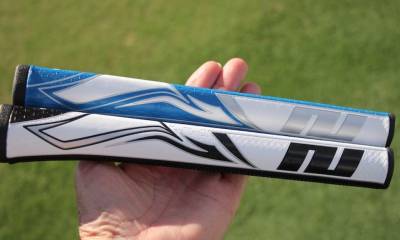

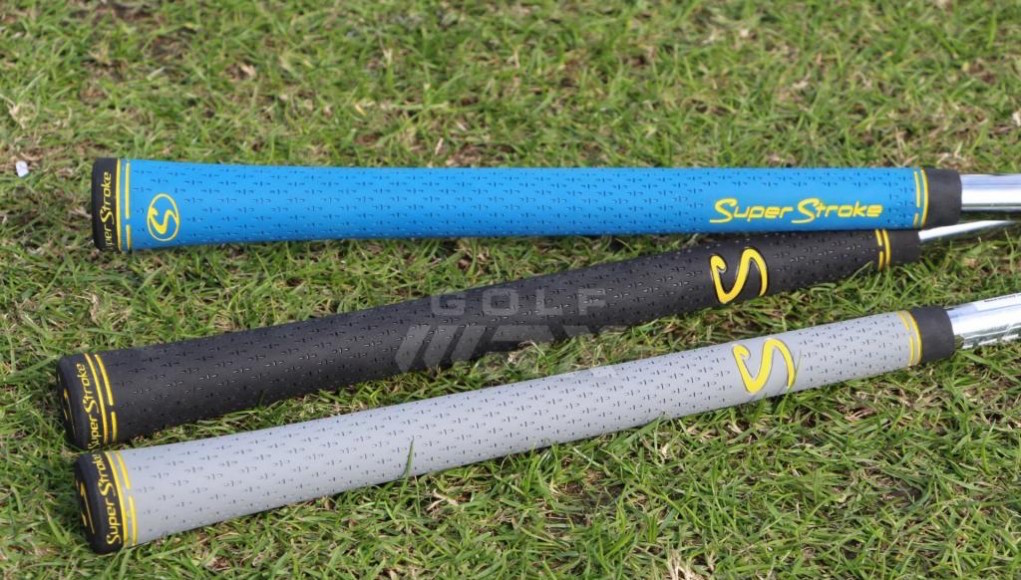
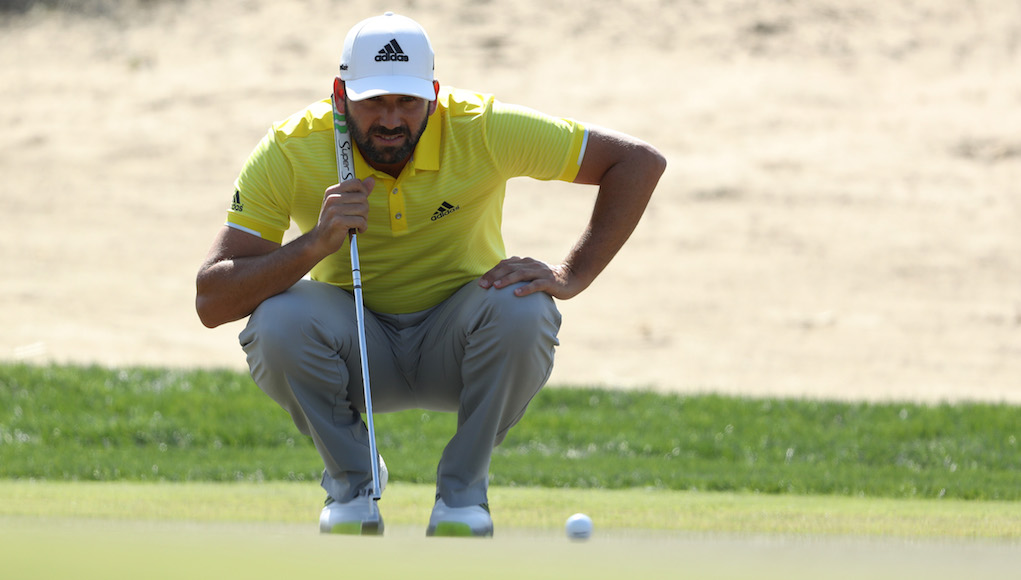
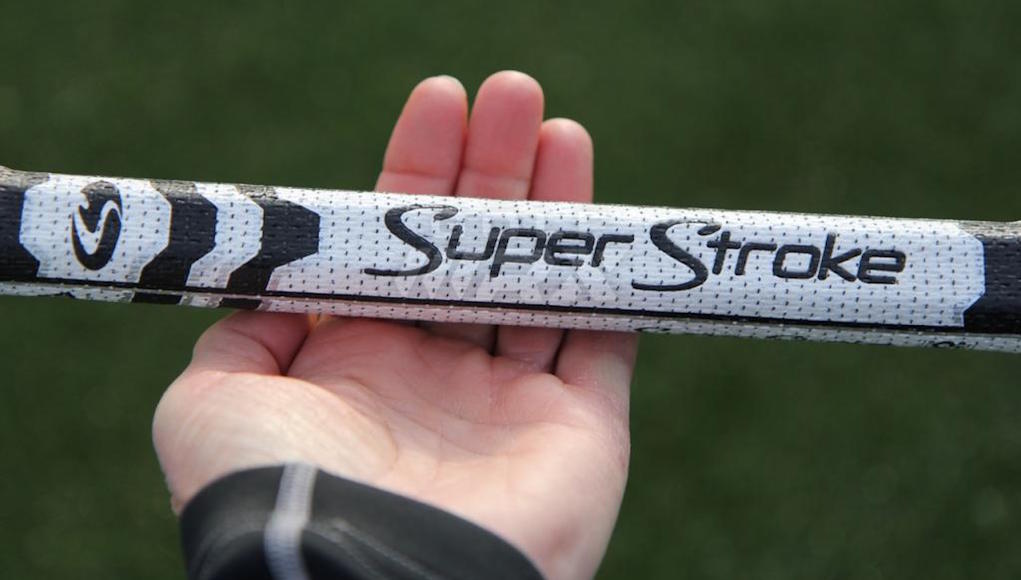
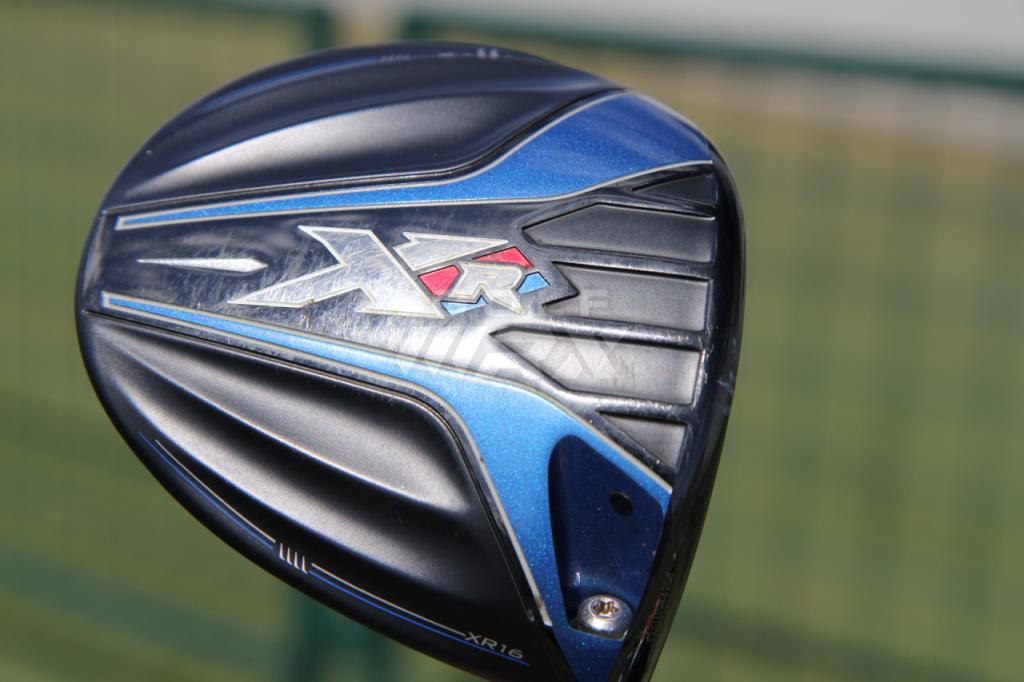
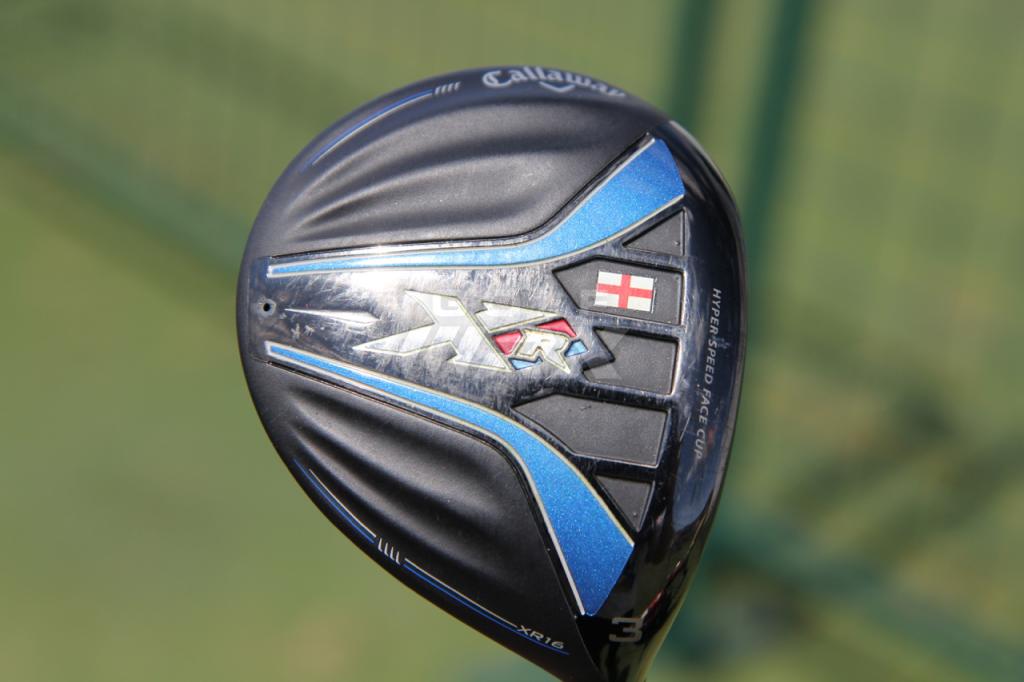

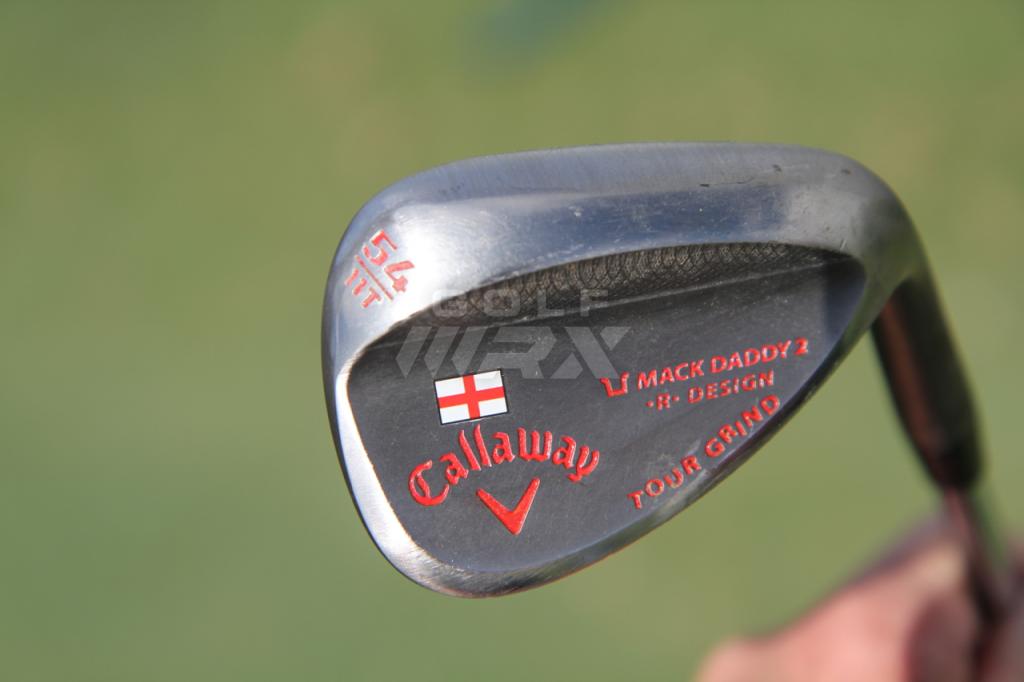
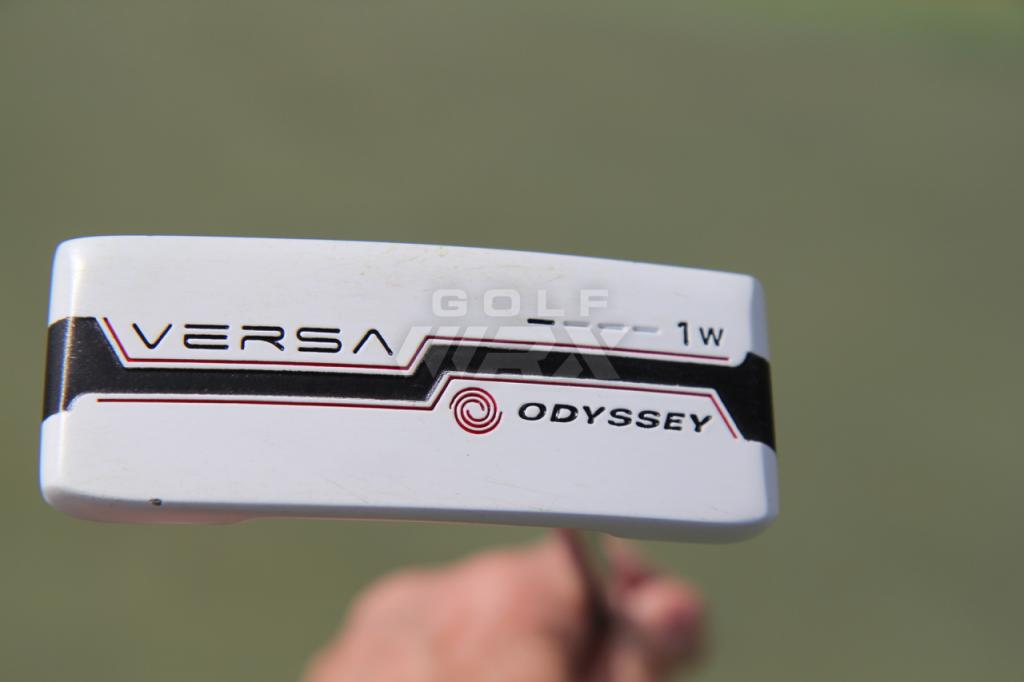














THONG
Mar 15, 2015 at 4:45 pm
They stopped making the claw grip. Best grip Ive ever used.
shane spray
Mar 13, 2015 at 4:29 am
I have the flatso grip on my scotty cameron select newport 2. I cant wait to get my claw grip on my clevland belly putter im getting cut down it comes in tommarow!!!!! 🙂
Mack N
Jan 29, 2013 at 12:58 pm
It seems to me that the statement on offset is backwards. The more offset should be for misses to the right.
Colorado Golf Discounts
Jan 29, 2013 at 10:20 am
The grip with 2 holes in it if very innovative, allowing adjustment of the offset angle of the putter. Golf club designers should take note. With adjustable drivers like Ping already out, can adjustable putters be far behind? Seems like a simple gear mechanism near the shaft/blade junction would easily accommodate a slight angle adjustment of the putter blade.
Troy Vayanos
Jan 18, 2013 at 11:42 pm
It’s good to see golfing manufacturers coming out with some new alternatives to help out golfers.
The new grip is an interesting one that hopefully offers a good substitute for the golfers who love the longer putter.
Being an Adam Scott fan I hope he finds a way to move back to the standard length putter and retain the same touch. His putting has always been his weak point so he needs it remaining strong.
Don
Jan 18, 2013 at 10:08 am
Superstroke hasn’t put these on their website yet. I Really want to see the specs of the Claw one.